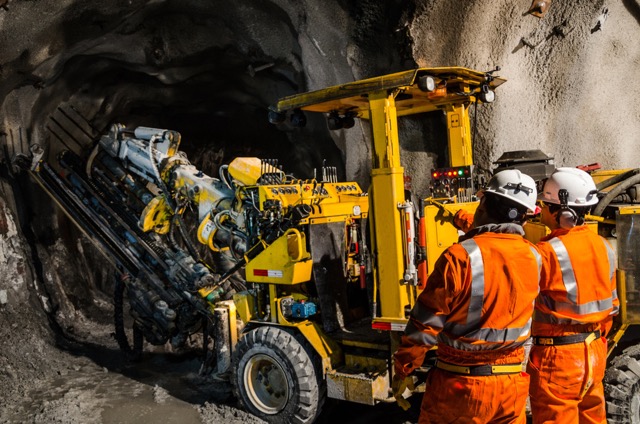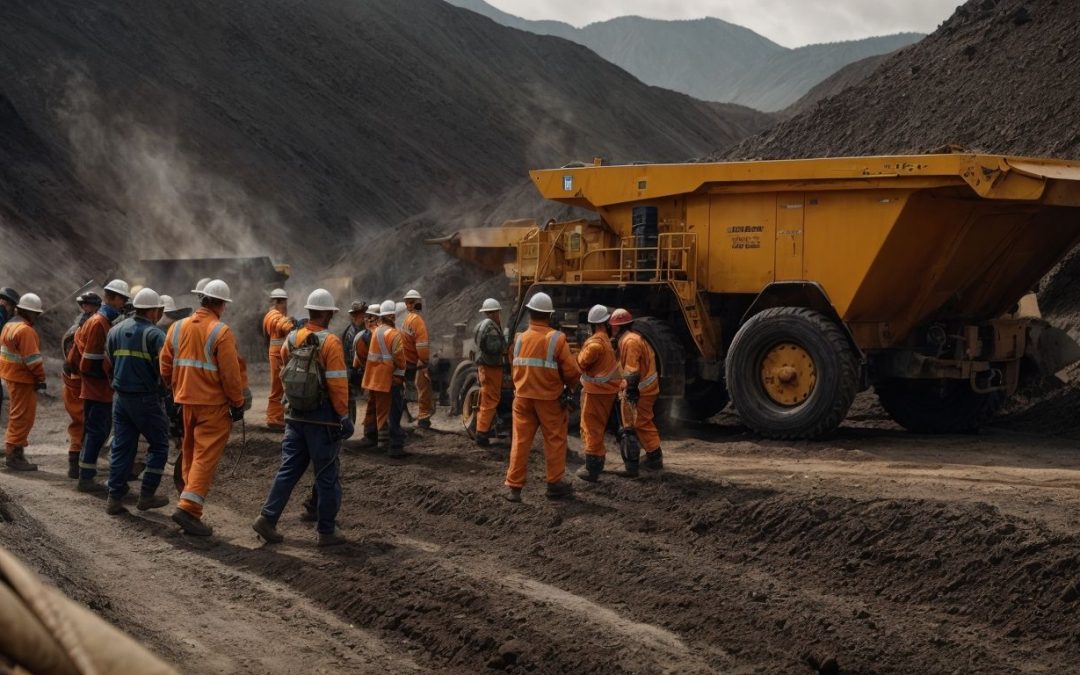Exploring mining jobs in Australia: Opportunities and insights
Australia is a treasure trove of mining opportunities, but what does it take to land a job in this competitive field? From skills to locations, explore insights into the mining sector and its future.
Australia’s mining industry is one of the largest and most influential sectors in the country. It significantly contributes to the economy and offers a myriad of job opportunities. In this article, we will delve into the types of mining jobs available, the skills needed to secure employment, major mining locations in Australia, the job application process, safety measures in the industry, and the future outlook for mining jobs. This comprehensive overview aims to equip readers with valuable insights into this dynamic field.
Types of mining jobs available
The mining sector is diverse, providing a range of job types. Some of the most common roles include:
Heavy Vehicle Operators: These workers operate large machinery, such as excavators and dump trucks, to extract resources.
Geologists: Geologists analyze the earth's structure and material to determine the best places to mine.
Mining Engineers: They design and implement mining processes, ensuring efficiency and safety.
Environmental Scientists: These professionals assess the environmental impacts of mining and suggest mitigation strategies.
Laboratory Technicians: Responsible for conducting tests on mineral samples, they play a crucial role in quality control. Each of these roles has unique responsibilities and requires specific skills and qualifications. Furthermore, trades positions, like electricians and welders, are also in high demand within the industry, allowing for ample opportunities for skilled tradespeople.
Skills needed for mining jobs
Candidates looking for jobs in mining must possess specific skills that align with the industry’s demands. Key skills include:
Technical Skills: Proficiency in operating machinery or understanding geological processes is vital. Many roles require relevant certifications or vocational qualifications.
Problem-Solving Abilities: Mining projects often encounter unexpected challenges. Employees must think critically and devise effective solutions.
Teamwork and Communication: The mining industry relies heavily on collaboration. Workers must effectively communicate with their teams to ensure safety and efficiency.
Adaptability: Conditions in mining can change rapidly. Being adaptable and open to learning is crucial for long-term success. These skills not only enhance employability but also foster a strong and collaborative work environment.
Major mining locations in Australia
Australia is rich in mineral resources, primarily located in remote areas. Key mining regions include:
Western Australia: Home to the Pilbara region, this area is famous for iron ore mining. Major companies have established operations here, providing a plethora of job opportunities.
Queensland: Known for coal mining, Queensland's Bowen Basin is a significant site for energy production. “
New South Wales: This region has a mix of coal and mineral deposits, contributing to its vibrant mining sector. Mining communities close to these sites often thrive due to the jobs and economic activities generated. Choosing a location is crucial for job seekers, as some areas offer more opportunities than others.
The future of mining jobs in Australia
The outlook for mining jobs in Australia remains positive, though it faces challenges. Here are some trends shaping the industry:
Technological Advancements: Automation and digital technologies are transforming mining operations, enhancing efficiency. While this may reduce some traditional roles, new jobs in tech and data management are emerging.
Sustainability: There's a growing shift towards sustainable practices, prompting demand for environmental scientists and engineers to mitigate mining's impact. Companies are investing more in renewable energy and reducing emissions, creating new jobs in the process.
Global Demand for Resources: As the world moves towards cleaner technologies, the demand for minerals like lithium and cobalt is set to rise. This could lead to expanded mining operations and new job opportunities.
Workforce Skills Development: Companies are increasingly investing in upskilling their employees to meet future demands. Employers recognize that a skilled workforce is essential for competing in a global market. The interaction between technology and human capital is crucial for the future success of the mining industry.
In summary, mining jobs in Australia present diverse opportunities across various roles and locations. With the right skills, proactive job searching, and an understanding of safety protocols, candidates can find rewarding careers in this dynamic field. As the industry evolves, adapting to technological changes and sustainability practices will be vital for long-term success. Those interested in pursuing a career in mining should remain informed about emerging trends and continuously develop their skills to stay competitive in this ever-changing landscape.


